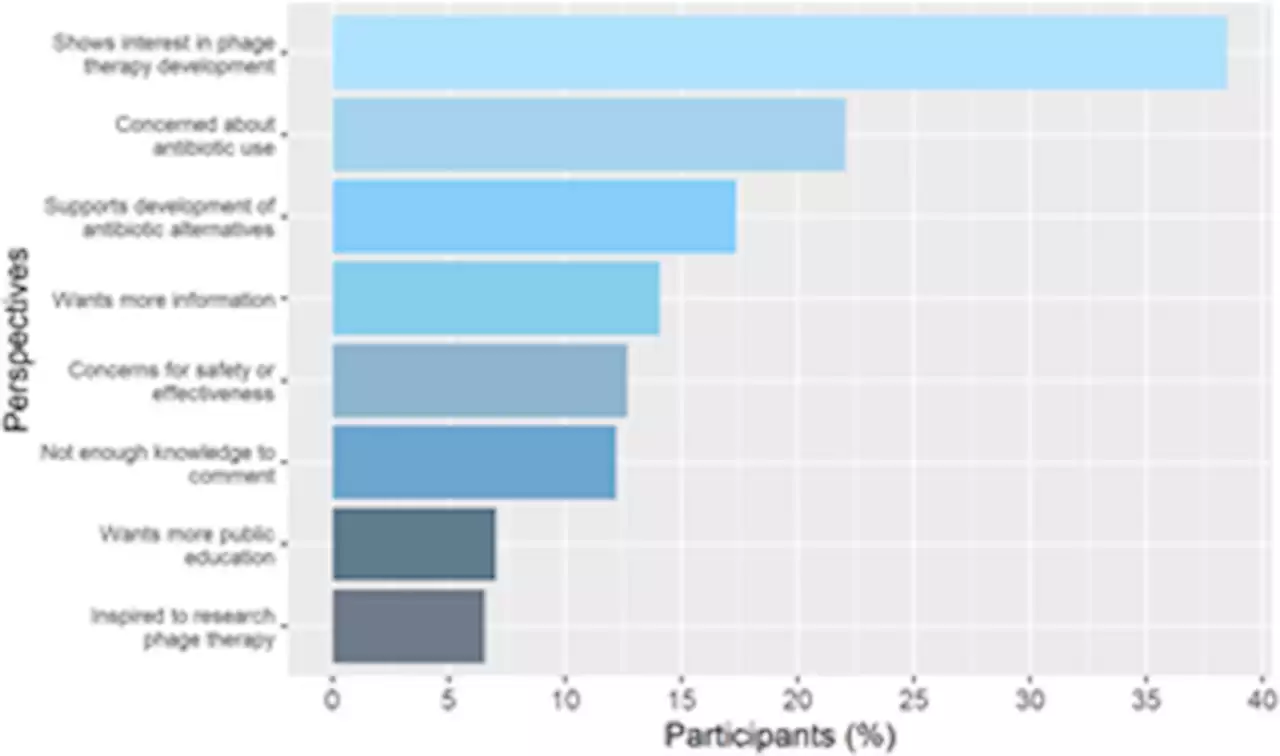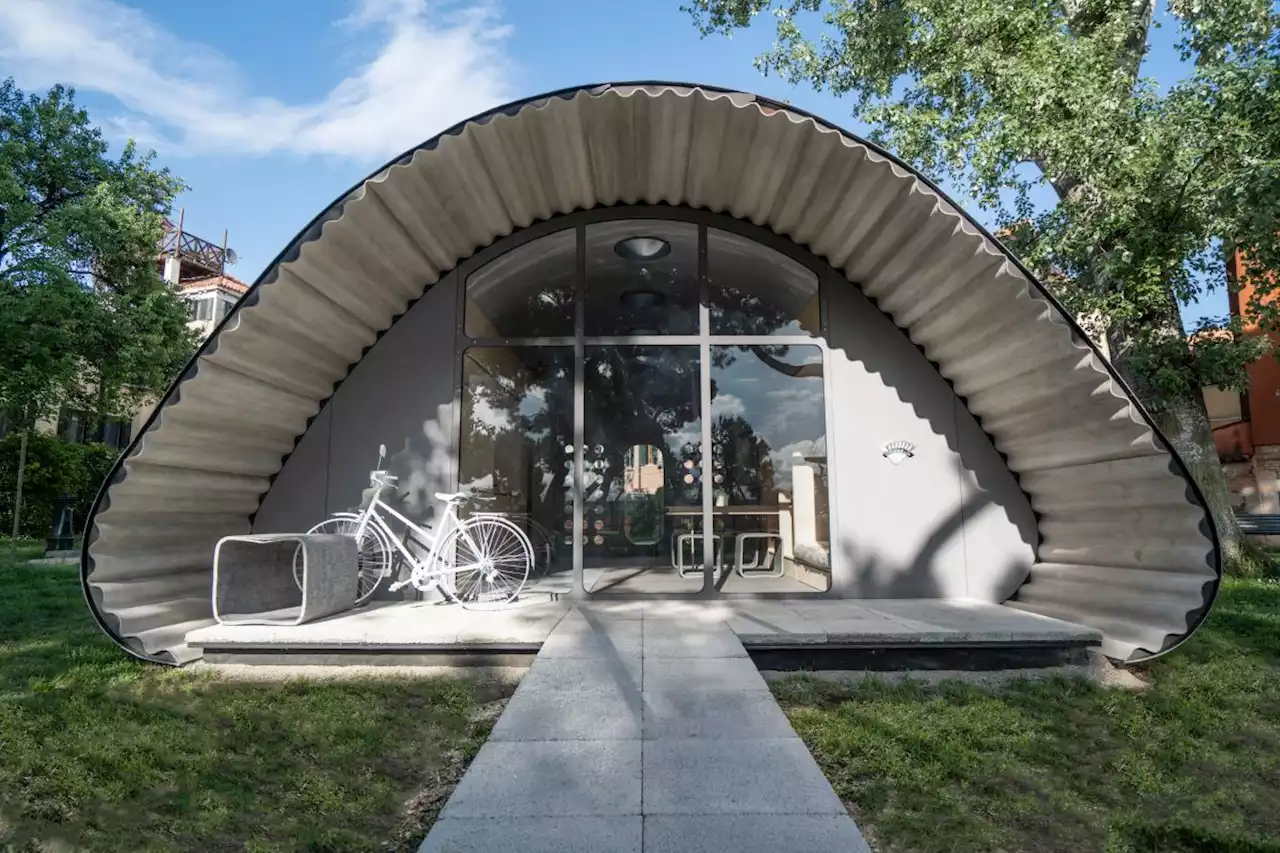The Norman Foster Foundation and Swiss building materials giant Holcim launch the Essential Homes Research Project’s first design – a concrete cabin shelter. Nick Compton met with Norman Foster to find out more
If your world is turned upside down and you’re unhoused by a natural or man-made catastrophe, you will probably end up in a tent. If you’re lucky. The Norman Foster Foundation, working with Swiss building materials giant Holcim, has launched the Essential Homes Research Project and come up with a more substantial, if admittedly more costly, alternative: a quick-build, design-led concrete cabin that promises displaced populations a more dignified, safe, solid and longer-lasting shelter.
Measuring 6m across and offering 18 sq m of living space, each cabin could house a family of four, the project partners suggest. The modular, reconfigurable design means it could serve a range of other purposes, from office to store to school room. can be connected by low-carbon permeable pathways packed with light-absorbing, glow-in-the dark aggregates, reducing energy use and light pollution.
The project was born of a student/architect workshop, sponsored by Holcim, and run by the Norman Foster Foundation in 2022 at its headquarters in Madrid. The challenge it addressed is huge. There are currently 103 million displaced people around the world, according to the UN. Climate change threatens to massively increase that number, and on average, displaced people spend 20 years in ‘temporary’ shelter.
Foster says the students set the project’s direction of travel: ‘They were asking, how can this be more like a home? Can it build something more like a community? Can the buildings work together to create public spaces? Could it be less institutional, less like a barracks? Could it be more human?’With a current cost of €20,000 per cabin, the Foster/Holcim design isn’t going to be the most affordable option for instant housing.
United Kingdom Latest News, United Kingdom Headlines
Similar News:You can also read news stories similar to this one that we have collected from other news sources.
 Phage therapy and the public: Increasing awareness essential to widespread useToday, the antimicrobial resistance (AMR) crisis is shaping a world where previously treatable infections can kill. This has revitalised the development of antibiotic alternatives, such as phage therapy. The therapeutic use of phages, viruses that infect and kill bacteria, was first explored over a century ago. However, most of the Western world abandoned phage therapy in favour of antibiotics. While the technical feasibility of phage therapy has been increasingly investigated in recent years, there has been minimal effort to understand and tackle the social challenges that may hinder its development and implementation. In this study, we assess the UK public’s awareness, acceptance, preferences and opinions regarding phage therapy using a survey, fielded on the Prolific online research platform. The survey contained two embedded experiments: a conjoint and framing experiment (N=787). We demonstrate that acceptance of phage therapy among the lay public is already moderate, with a mean likelihood of acceptance of 4.71 on a scale of 1 (not at all likely to accept phage therapy) to 7 (very likely to accept phage therapy). However, priming participants to think about novel medicines and antibiotic resistance significantly increases their likelihood of using phage therapy. Moreover, the conjoint experiment reveals that success and side effect rate, treatment duration, and where the medicine has been approved for use has a statistically significant effect on participants’ treatment preferences. Investigations altering the framing of phage therapy, to highlight positive and negative aspects, reveal a higher acceptance of the treatment when described without using perceived harsh words, such as “kill” and “virus”. Combined, this information provides an initial insight into how phage therapy could be developed and introduced in the UK to maximise acceptance rate.
Phage therapy and the public: Increasing awareness essential to widespread useToday, the antimicrobial resistance (AMR) crisis is shaping a world where previously treatable infections can kill. This has revitalised the development of antibiotic alternatives, such as phage therapy. The therapeutic use of phages, viruses that infect and kill bacteria, was first explored over a century ago. However, most of the Western world abandoned phage therapy in favour of antibiotics. While the technical feasibility of phage therapy has been increasingly investigated in recent years, there has been minimal effort to understand and tackle the social challenges that may hinder its development and implementation. In this study, we assess the UK public’s awareness, acceptance, preferences and opinions regarding phage therapy using a survey, fielded on the Prolific online research platform. The survey contained two embedded experiments: a conjoint and framing experiment (N=787). We demonstrate that acceptance of phage therapy among the lay public is already moderate, with a mean likelihood of acceptance of 4.71 on a scale of 1 (not at all likely to accept phage therapy) to 7 (very likely to accept phage therapy). However, priming participants to think about novel medicines and antibiotic resistance significantly increases their likelihood of using phage therapy. Moreover, the conjoint experiment reveals that success and side effect rate, treatment duration, and where the medicine has been approved for use has a statistically significant effect on participants’ treatment preferences. Investigations altering the framing of phage therapy, to highlight positive and negative aspects, reveal a higher acceptance of the treatment when described without using perceived harsh words, such as “kill” and “virus”. Combined, this information provides an initial insight into how phage therapy could be developed and introduced in the UK to maximise acceptance rate.
Read more »
 New homes available for immediate entry in Lancashire: certain groups of people will be given priorityThese shared ownership homes in Lancashire are likely to be very popular – find out if you fit the eligibility criteria AD auxesiahomes NewHomes SharedOwnership Broughton Lancashire
New homes available for immediate entry in Lancashire: certain groups of people will be given priorityThese shared ownership homes in Lancashire are likely to be very popular – find out if you fit the eligibility criteria AD auxesiahomes NewHomes SharedOwnership Broughton Lancashire
Read more »
 Plans approved for 195 homes on former Telford school siteThe new rental homes will be built on the former site of Charlton School in Telford,
Plans approved for 195 homes on former Telford school siteThe new rental homes will be built on the former site of Charlton School in Telford,
Read more »
 £250m 'walkable neighbourhood' boasting 1,200 homes and shops moves step closer£250m 'walkable neighbourhood' boasting 1,200 homes and shops next to Stockport Viaduct moves step closer
£250m 'walkable neighbourhood' boasting 1,200 homes and shops moves step closer£250m 'walkable neighbourhood' boasting 1,200 homes and shops next to Stockport Viaduct moves step closer
Read more »
